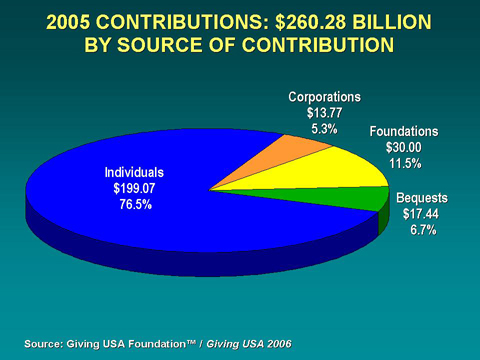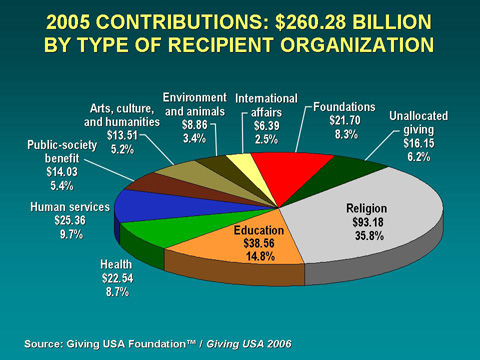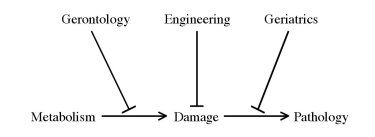A great many folk who support healthy life extension research are not actually working towards better medical technologies or increased support for these goals. I'm not just talking about your occupation here, but rather whatever time you give to a cause you believe in - which may or may not include that day job or entrepreneurial effort. This isn't shocking; it's much the same for any given cause, and it's your choice as to where your time is spent.
What interests to me, for the purposes of this post at least, is that a number of activities are seen viable - or even better - in comparison to the direct approach to advancing progress towards longevity-enhancing technologies. For example, research advancing any of the following goals:
Is this a valid way of looking at these activities? Can one be an AGI researcher and claim to be bringing forward the time at which healthy life extension technologies will become widely available?
In the long term, the answer has to be yes. Any infrastructural technology is fair game if it can be related to future medical technologies capable of repairing age-related cellular damage. Better infrastructure that arrives more rapidly should lead to greater progress in all technologies that utilize or build upon that infrastructure. Beyond that, certain goals will remain impossible or economically infeasible until infrastructural capabilities improve. But how long is the long run?
I'm a first things first sort of person; my instinct is that things don't get done unless you're working on them. You're not going to build that house by focusing on setting up a better cement company. It's important to remember that ramping to an effective research and support community for any large goal can take a decade under the best of circumstances. If you spend ten years helping to build an AGI research community, then you haven't spent ten years helping to build a healthy life extension research community. You can't just turn around at the end and immediately apply the benefits of AGI research to progress in healthy life extension; it always takes more time, more time.
I think it's far to say that it usually takes about twenty years to get anything meaningful accomplished in terms of broadly available, mature infrastructures. That's ten years to ramp up to a large development and support base from the initial seeds of ideas and funding, and then a further ten years to refine the results and attain significant commercial availability. The bottlenecks are always people - the time taken to persuade, advocate, negotiate deals, fight regulations, impose regulations, form companies and nonprofits, navigate sequential business cycles of innovation, and so forth.
My bias again: if you want healthy life extension technologies to arrive soon enough to make a large difference to your healthy longevity, then you should spend those twenty years contributing directly to the development of healthy life extension technologies. If you work upon or support only infrastructure - e.g. only gene therapy, only basic aging research, only AGI or better processing devices for bioinformatics - there is no guarantee at the end of the day that your work will soon speed the goal of longer, healthier lives.
The mistake of the past generation of healthy life extension advocates was to build a commercial infrastructure thinking that the technology would come. It would be a terrible thing for the advocates of this generation to spend decades focused on the creation of infrastructure technologies that will speed the development of working anti-aging medicine - but too late to help, because there was no large, well-funded, dedicated research and development community in place to benefit from them.
Ask yourself this: why is cancer research blossoming so rapidly in response to advances in biotechnology and bioinformatics? It is because the research infrastructure existed, ready to go with whatever new tools are available. If there was no cancer research community, little funding, no widespread support and understanding, another decade or two would pass before all that was brought together.
There are enough people and resources in the world to get everything done that needs to be done to enable a future of far longer, healthier lives. Both direct development and all the infrastructure necessary could happen soon enough to help those of us reading this today. As for all forms of human - economic - activity, this isn't a zero-sum game of resource allocation. But in comparison to resources presently devoted to infrastructural technologies that will help speed healthy life extension research in the future, all too little is going towards actual, direct work on healthy life extension research today.
If we want to be known as something other than unfortunate (and dead) members of the last mortal generation, we need to get up and do something about this state of affairs.
Technorati tags: activism, life extension


